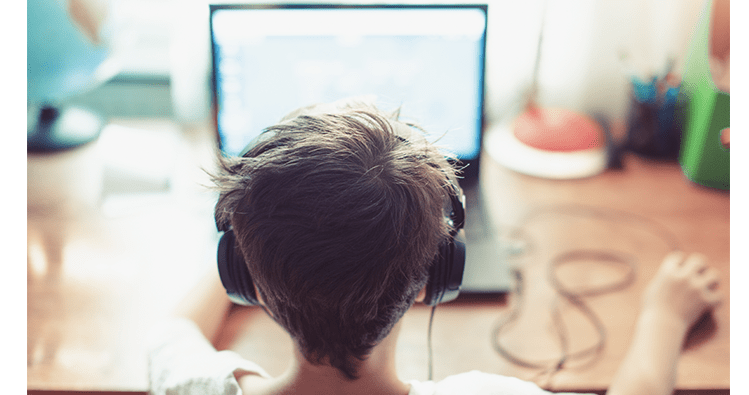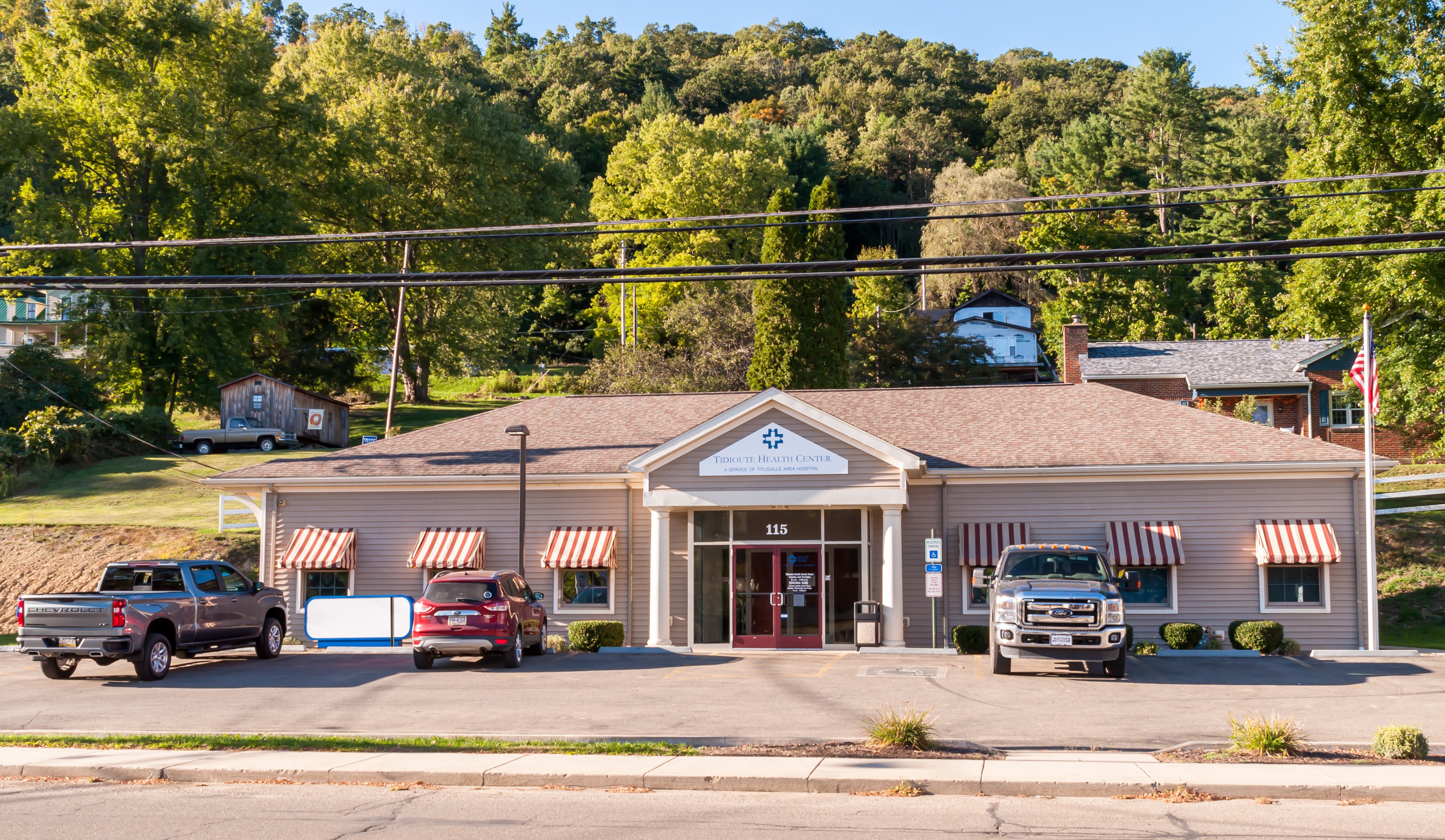
Is your school or school district budget being spent wisely?
You’ve paid for students to have a 1:1 take-home device and you’ve paid for the necessary online tools your students need to learn and succeed. But how do you know if that budget is being used as you envisioned?
Here’s another scenario:
Students take their devices home and you hope they use this device for educational purposes only. But hope is a long way away from facts and data. How do you know if students use their school-issued devices for school-related needs only?
Okay, last scenario:
In your 1:1 school district, there are students without Internet access at home. Not only are those students now at a disadvantage to their well-connected peers, but they have to find creative avenues to get the Internet access they need to use the digital tools paid for by your school or district.
If any of the above scenarios sound like you, keep reading.
2 FOR 1: CLOSE THE HOMEWORK GAP AND GAIN INSIGHT INTO STUDENT WEBSITE USAGE
The good news is there is a way to help those students without Internet access at home and make the most of your budget spent. This is just like getting two solutions in one!
With Kajeet SmartSpot® devices, or our brand-new LTE-embedded Chromebooks, you can ensure every student has Internet access outside the classroom.
How?
The Kajeet Student Access™ solutions provide CIPA-compliant, filtered Internet access for your students wherever they are – at home, a friend’s house, or on the go. Now you can address the lack of Internet access for students outside the classroom.
That’s part one. Here comes part two.
In order to gain insight into which websites student access, you can view reports and analytics in the Kajeet Sentinel® cloud platform. See the reporting dashboard for yourself!
When your students connect to the Internet via a Kajeet device, Sentinel automatically provides the filtering and data management capabilities, creating a robust reporting dashboard.
You can see the total URL requests for all students access the Internet, or you can drill down into individual student usage.
Here’s what the dashboard shows:
- Web activity
- Top domain statistics
- Allowed and denied domains: That’s right, any non-educational or unsafe website domain requests will show up in this report so you can see how students are actually accessing the Internet vs. what they are trying to access.
- Top 20 allowed domains: Most visited to least visited educational websites for students
- Top 20 denied domains: Most to least attempted visits
- Top 20 allowed categories
- Top 20 denied categories
Curious about the top educational websites students visit? Check out our blog here for the details!
However, any time you add another digital tool to your toolkit, the question of is my students’ data safe comes up.
KEEP YOUR STUDENT DATA SAFE
Anytime a school or district collects student data, you have to be safe and smart. The good news is with the Kajeet Sentinel platform, you can leave the devices named as-is, or number them if you want, but either way, you will know who the student user is, Kajeet won’t have that information on our side.
As you add more tech tools to your school or district, keep in mind these five ways to safeguard student information from Ed Tech Magazine.
- Minimize data collection of student information.
- Purge unnecessary student records.
- Encrypt data at rest and in transit.
- Follow the principle of least privilege (each admin user should be assigned the minimum level of access necessary to perform his or her job functions).
- Monitor user activity on school networks.
To help keep your students and school safe, download our Cybersecurity Checklist for Schools and Districts!
HOW TO KEEP STUDENTS SAFE ONLINE
To recap, we’ve discussed how to solve the Digital Divide (or Homework Gap) and the importance of keeping student data safe.
However, there’s another component to student online safety—keeping them safe from harmful content online.
In 2000, Congress enacted the Children’s Internet Protection Act (CIPA) to ensure any school and library that receive discounts with E-rate have an Internet safety policy in place.
The CIPA-compliant act ensures obscene, inappropriate, and harmful websites are blocked or filtered out. Keeping your students safe is critical and that’s where CIPA content filtering comes into play. Providing filtered Internet access at home not only helps narrow the Digital Divide, but it keeps students focused on the task at hand – homework.
DO YOU WANT TO KNOW WHAT SITES YOUR STUDENTS ACCESS?
If you want to ensure your students not only use their school-issued devices properly and actually use the digital tools you budget for every year, then you should not only want, but need to know what sites your students access regularly.
Don’t wait until the end of the school year to look into online usage. Contact Kajeet for a demo of our Sentinel platform and gain valuable insight on your students’ Internet habits.





.png)
